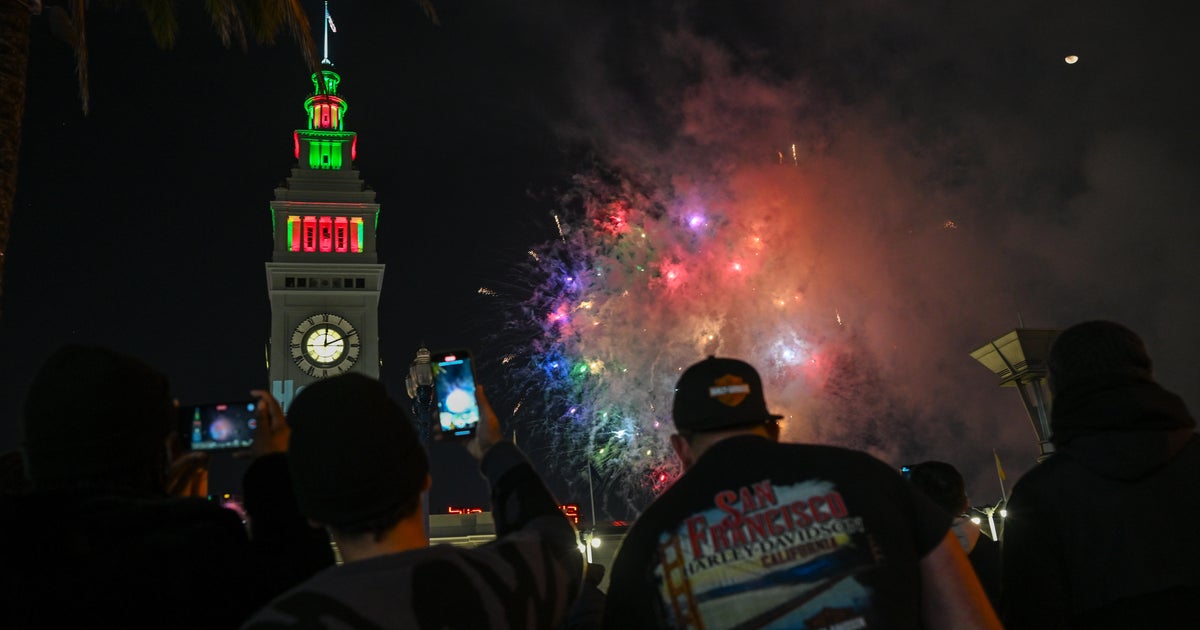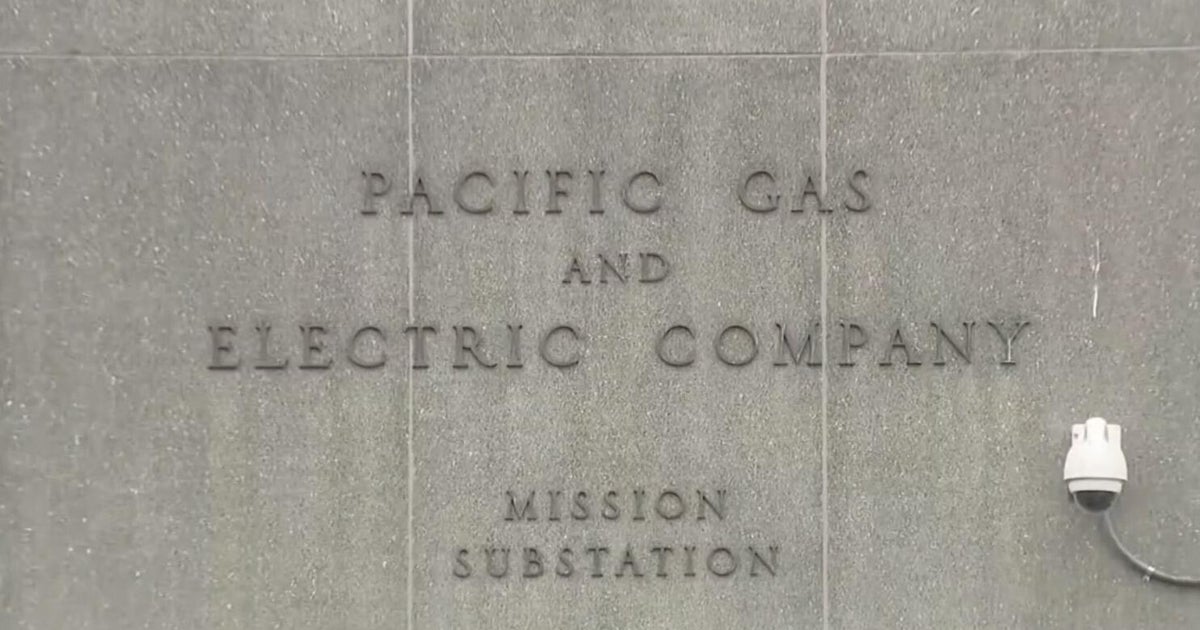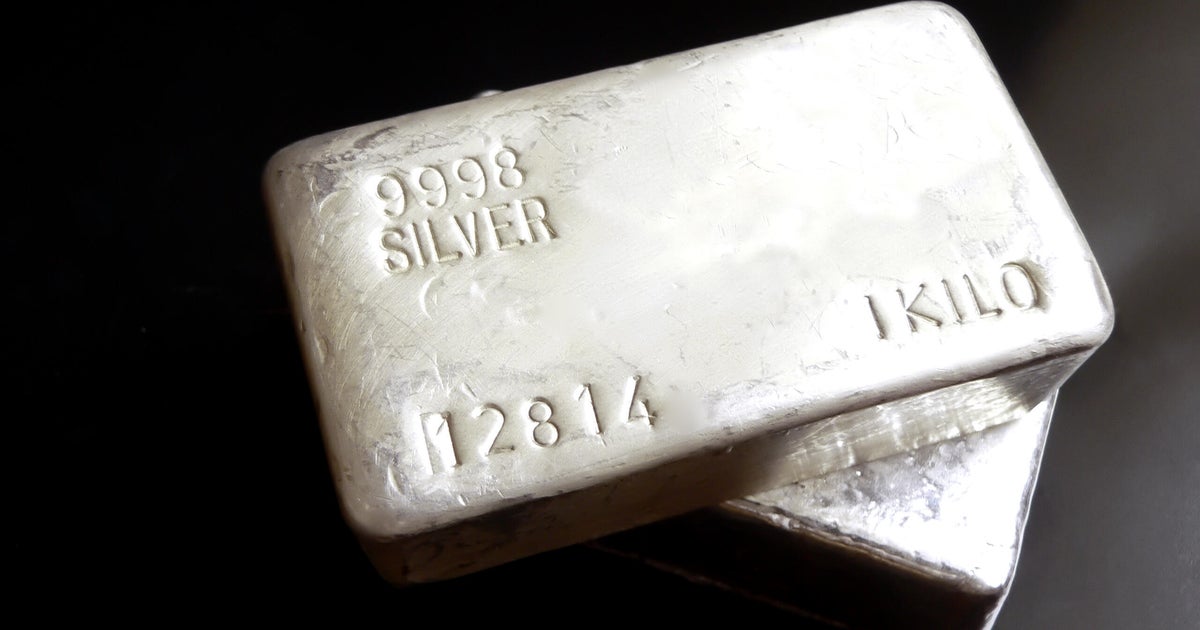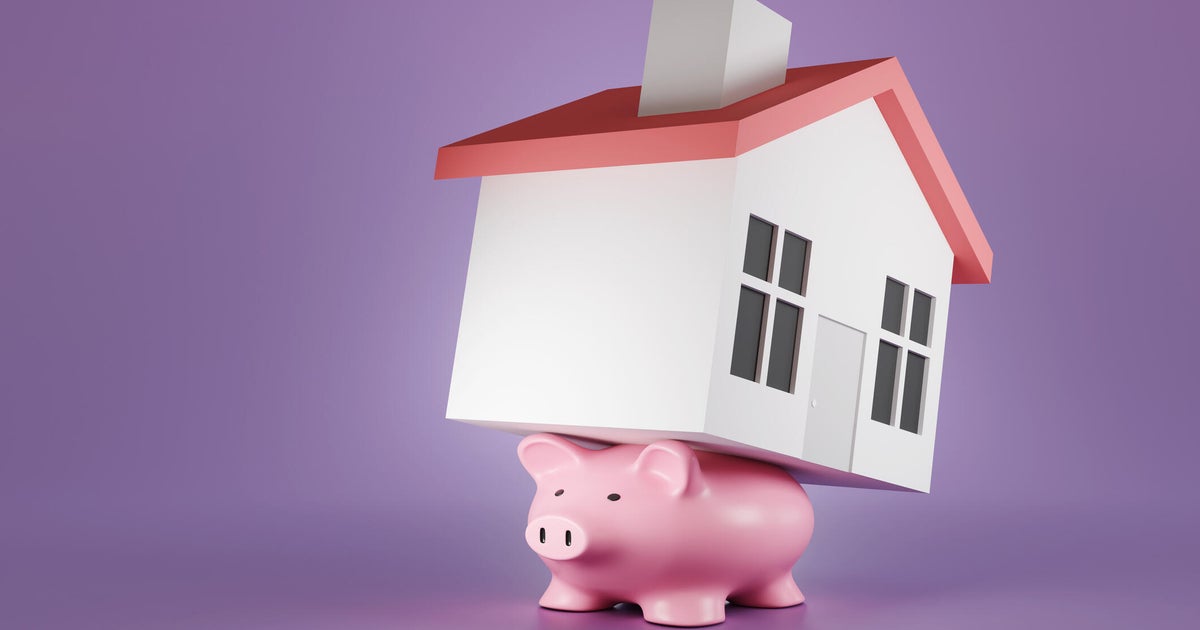A plague of million-dollar homes haunts real estate
Owning a million-dollar home isn't the rarity it used to be.
The share of homes valued at more than $1 million has surged more than fourfold since 2002, according to new data from real estate site Trulia, which analyzed the luxury real estate market in the top 100 U.S. metropolitan areas. Across those regions, about 4.3 percent of homes are now worth at least $1 million, compared with about 1 percent in 2002, said Trulia senior economist Cheryl Young.
Rising real estate values since the housing crisis have bolstered the price tags of many homes. Trulia found that $1 million doesn't necessarily denote a "luxury" home these days. In some cities -- think San Francisco -- they're the norm, rather than a marker of top quality. That puts pressure on lower-income buyers who can't afford to keep up with rising property prices, while cutting the amount of inventory available at prices below $1 million.
The share of homes valued below $1 million is "decreasing at a rate we're surprised by," Young said. "It was 98.9 percent in 2002, and now it's 95.7 percent. That is pretty shocking."
Rising real estate values, tight inventory and a lack of new construction are contributing to the surge in million-dollar homes. Yet another factor may be at play: rising income inequality, which has benefited the bank accounts of America's richest families.
The top 0.1 percent of American earners, or those with $6 million in average income, have seen their incomes surge by 320 percent between 1980 to 2014, compared with just 42 percent for middle-income workers, according to research published last year by Gabriel Zucman and fellow economists. That has created a huge gulf in spending power between the richest Americans and the middle class, giving those at the top the buying power to spring for homes worth $1 million or more.
It may explain why the share of homes worth $5 million or more is growing even faster. This segment is what Trulia describes as "the most luxurious homes available." To be sure, it remains a tiny part of the real estate market, accounting for just 0.28 percent of overall sales. Still, that figure is five times higher than in 2002, Trulia said.
"It was interesting to think about whether $5 million is becoming the new $1 million," Young said.
Young's analysis found that homes worth $5 million or higher tend to share a few traits, such as fabulous locations or views and "estate" or "park-like" grounds. They also tend to be larger than the median home and feature designs by well-known architects and designers.
A few listings included unusual features like bulletproof glass and swim-up bars. And they have one other quirk: more bathrooms than bedrooms.
The market with the largest share of million-dollar homes is San Francisco, where two out of three homes have crossed the $1 million threshold, Trulia found. Five years ago, only 22 percent of San Francisco homes were valued at that amount.
"The crunch is obviously happening at the starter segment. That's where affordability hits the hardest," Young said. "As that share grows, the people it impacts is the people at the bottom."
Here are the five metropolitan areas with the largest share of homes worth $1 million in 2017.
- San Francisco: 66 percent
- San Jose, California: 56.4 percent
- Los Angeles: 23.8 percent
- Fairfield County, Connecticut: 17.7 percent
- Long Island, New York: 17.4 percent





